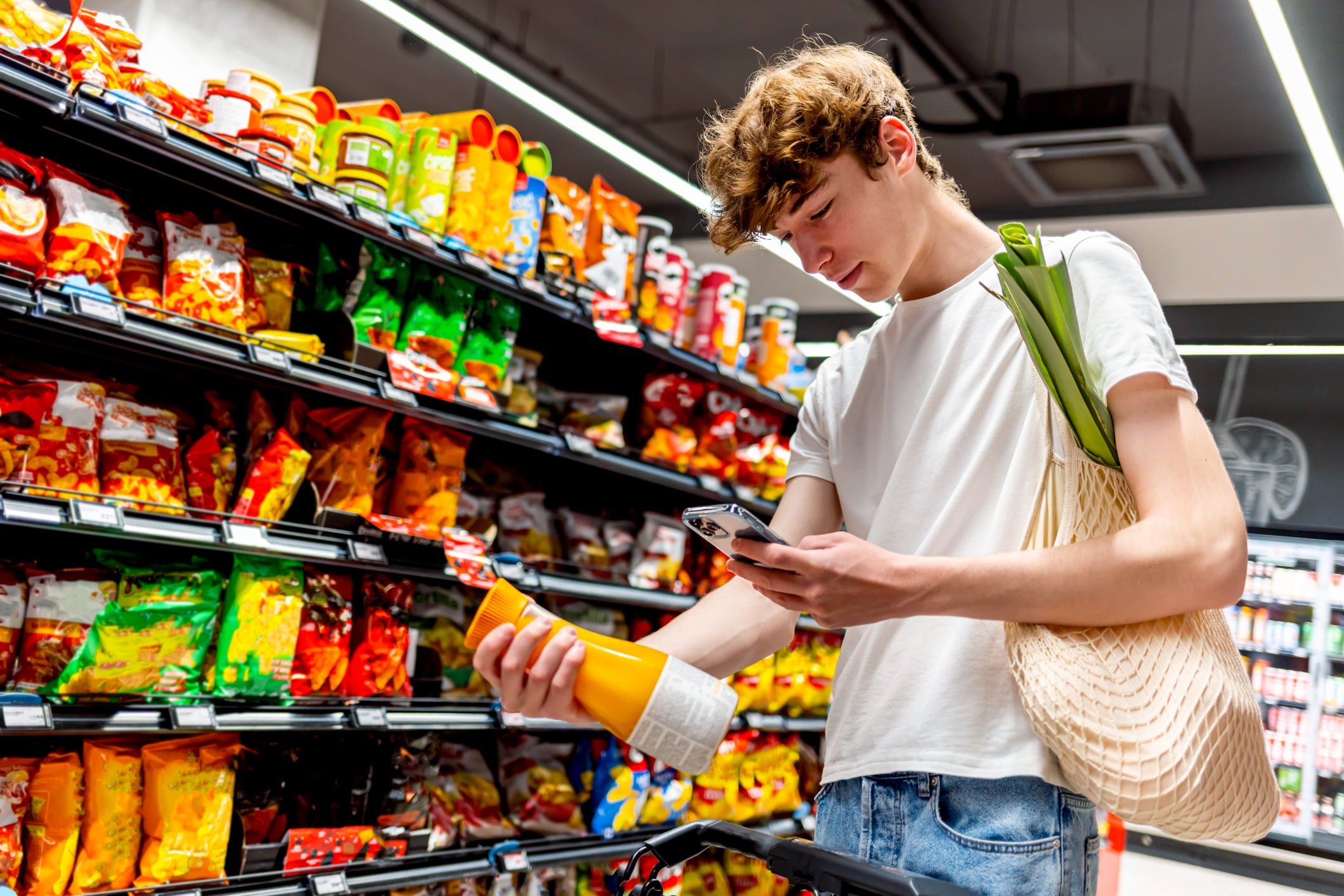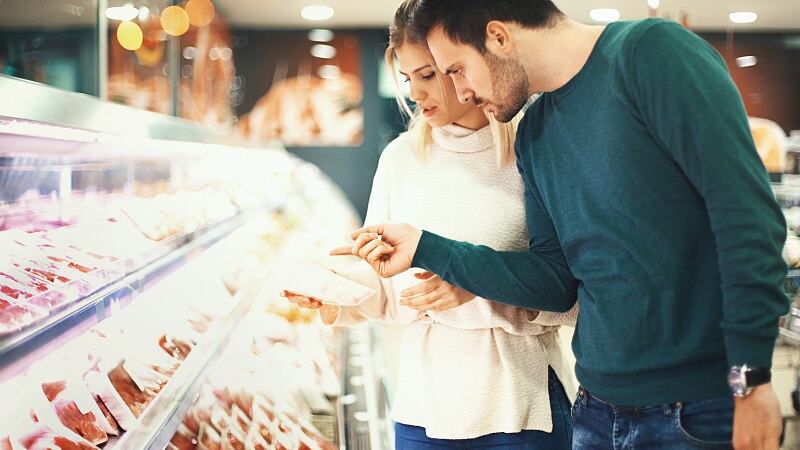Connected packaging technology can expand a brand’s sustainability story and strengthen consumer trust without crowding precious real estate on physical packaging, explained Jenny Stanley, founder and managing director of connected packaging agency Appetite Creative.
What is connected packaging?
Connected packaging is packaging with a digital component – typically QR codes or radio frequency identification tags – that allows consumers to interact with a product online. It provides a digital version of the physical package, offering extended product information, brand stories and more.
Connected experiences on digital packaging are expected to increase for CPG products, according to the Global Connected Packaging Survey 2025 by Appetite Creative, Polytag and Digimarc. Approximately 72.6% of companies already incorporate it into their marketing plans and 88.8% consider it more important to the packaging industry in the next 12 months, per the survey.
One key driver behind the growing use of connected packaging is legislation. The EU’s digital product passport, which became mandatory in 2024, for example, allows a consumer to “understand the origin of a product and how to dispose of that product,” in addition to more detailed information around ingredient sourcing, Stanley said.
In the US, California’s AB 899 requires infant food manufacturers submit a monthly sample of each final production for heavy metal testing. If a product contains these elements beyond FDA’s safety level, the manufacturer must include a QR code on the label directing the consumers to the test results, a website link to FDA’s current guidance on the health effects of heavy metals on children, and a statement that reads “For information about toxic element testing on this product, scan the QR code.”
Reaching net zero: A roadmap to reduce emissions and increase nutrition security through strategic sourcing, manufacturing and packaging
This story is part of a special collection of articles examining how consumers, brands and reglators are thinking about climate action, including what is and isn't working in the quest to reduce Scope 3 emissions and improve environmental sustainability. The collection also explores how the food industry is balancing the health of people and the planet through ingredient innovation, modern manufacturing and sustainable packaging.
Check out the full collection.
To receive future special editions via email, register for free for FoodNavigator-USA's newsletters. Find out more by clicking the yellow 'register' button at the top of our homepage or by visiting www.foodnavigator-usa.com/Info/Why-register/.
Benefits to connected packaging
For marketing teams, digital packaging allows for more creative storytelling and interactivity with the consumer that ordinarily would not exist on physical packaging, Stanley added.
“If you want to tell a really long story about the origin or where this product came from, or why this product exists, it is actually quite difficult to do that on packaging,” in addition to including ingredient and nutrition information that is legally required, she said.
Connected packaging serves as an access point for companies to elaborate on their sustainability initiatives, which is important for consumers, Stanley explained.
Instead of packing in a brand’s story right on the packaging, which could mean spending more money on bigger packaging, connected packaging can help brands not only reduce their overhead and eco-footprint but also deliver an authentic, well-crafted message in the digital packaging that consumers can access at any time, according to Stanley.
Authentication is another area where brands can rely on connected packaging to verify the legitimacy of an ingredient or product, like infant formula, Stanley noted.
Digital packaging “is a way for brands to protect themselves,” she added.
What should brands consider when developing their digital packaging?
The first consideration should be the location of the QR code on the physical packaging.
“That affects the amount of people that are going to scan it,” Stanley said. “If you put it somewhere where no one looks – underneath the package, for example – then no one is going to scan it.”
Brands should then consider what their call to action is – in other words, “why would somebody scan this?” she said.
This includes communicating to consumers what they will find when they scan, she added.
Lastly, brands’ digital packaging should have creative and informative content that “balances between what the consumer gets and what the brand gets. Both need to have some value in there,” she said.
Stanley continued: “The brand obviously has the option to be able to gain lots of interested insights. This is customer relationship data. This is party data. This is being able to understand their consumer at a much deeper level that they’ve never been able to do before.”
But, content is more than just directing consumers to a website or social media page, Stanley opined. The content must provide value for the consumer through storytelling elements, reward program and gamification, among others.
For example, cooking oil brand Sunny Oil developed its digital packaging to highlight the brand’s positioning as an oil with a lower boiling point, making cooking quicker and more efficient in the kitchen, Stanley explained.
When the QR code placed on a neck tag around the bottle is scanned, it takes the user to a landing page where they are given a few interactive options like playing games to win different cooking utensils and a recipe generator.
The recipe generator emphasizes Sunny Oil’s branding around easy cooking by using AI. Users prompt the AI by telling it what they have in their kitchen and it will create a recipe based on what the user has, which will include using Sunny Oil, Stanley said.
“So now, I can actually cook something that is useful to me as a consumer. So, they are able to have this really great exchange in terms of the brand and the consumer of this moment,” she added.
For Sunny Oil, the landing page analytics provides critical information on who their target consumer is, how they interacted with the site and for how long, and from there glean a more nuanced understanding of how to interact with their consumers, Stanley explained.
Unexpected application
Connected packaging can support accessibility, too, Stanley said.
For example, people with visual impairments can benefit from connected packaging, especially if the font size of the ingredients listed on the physical label are too small, she noted.
Whether it’s providing a larger font on the digital label or an audio accompaniment that lists out the ingredients, a digital interface can help make a product more inclusive, Stanley said.




